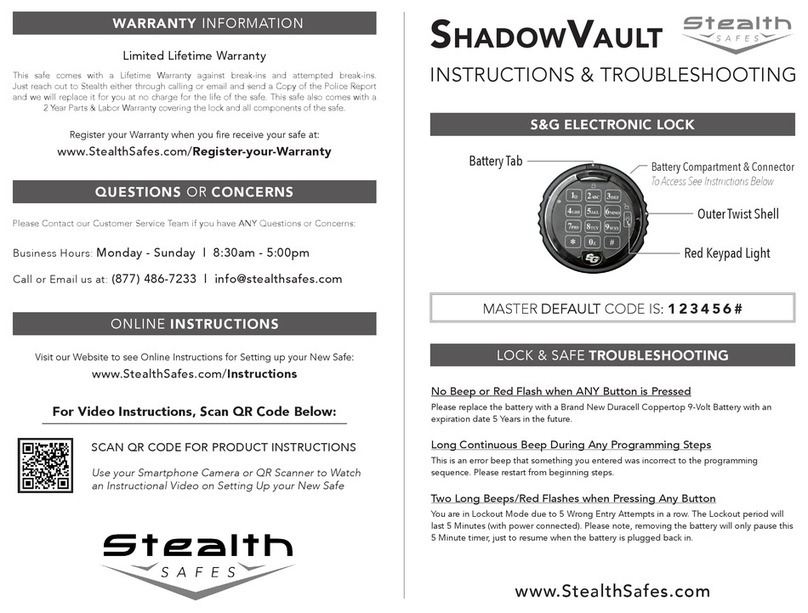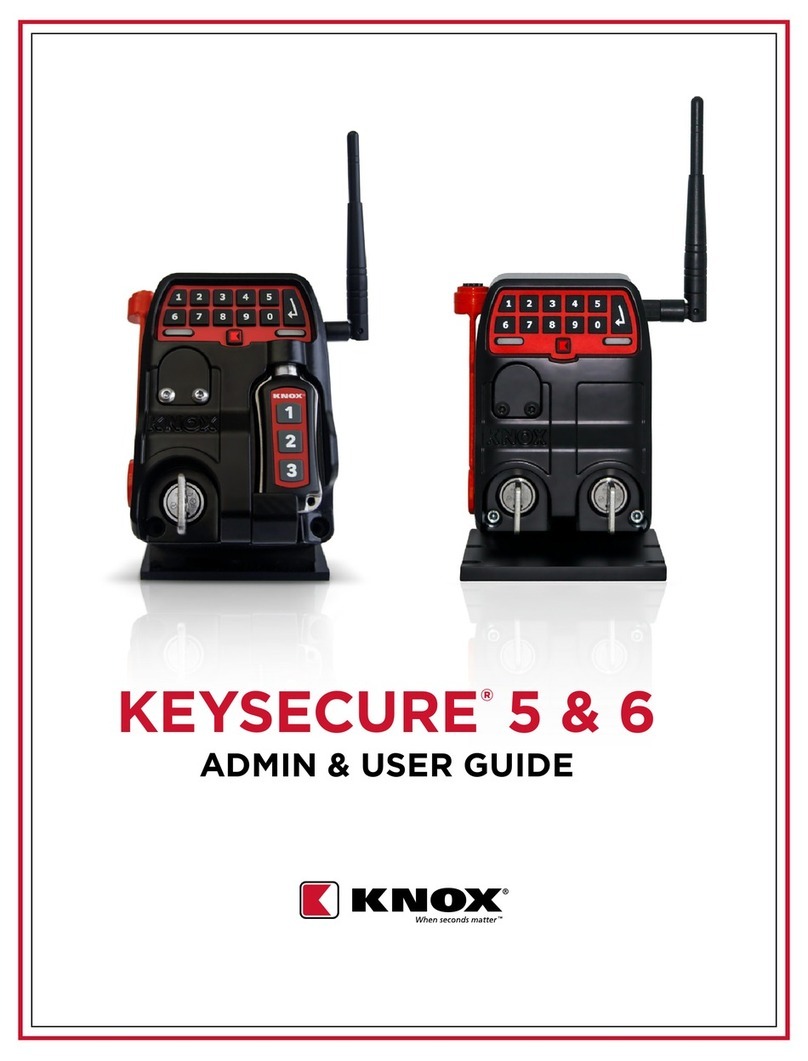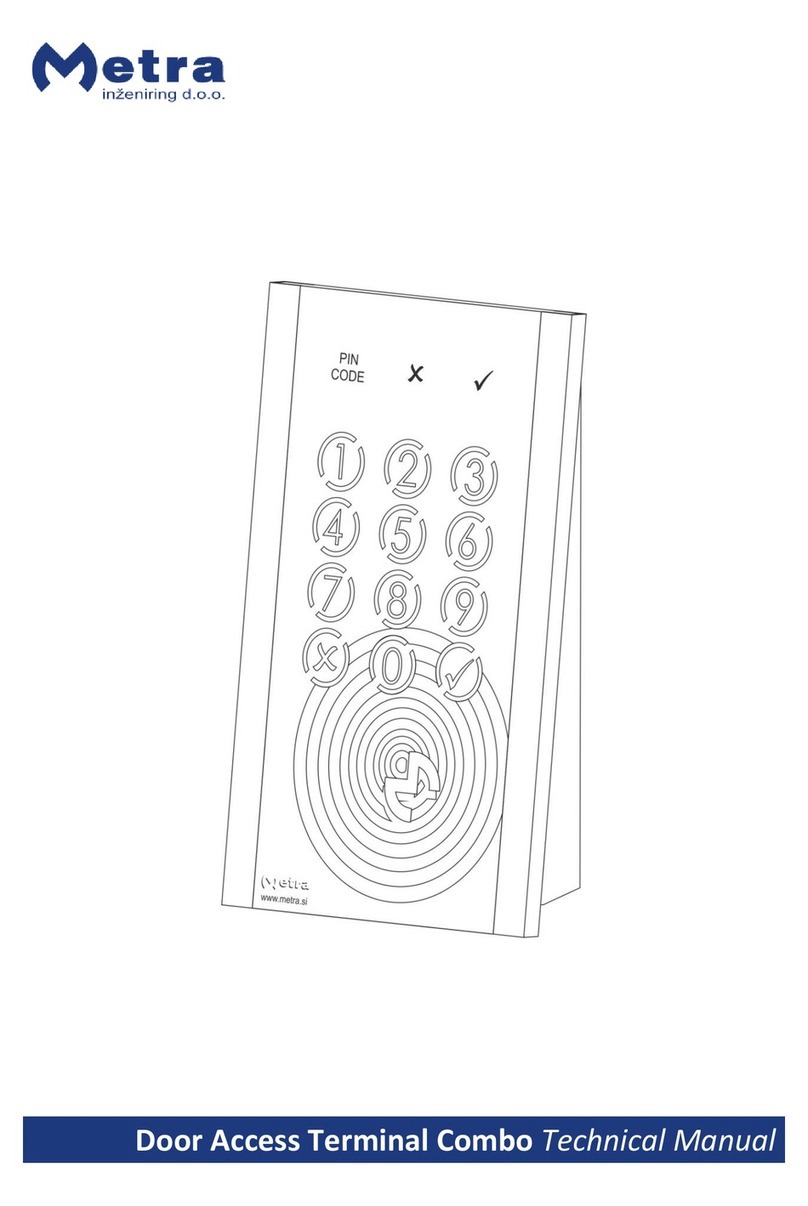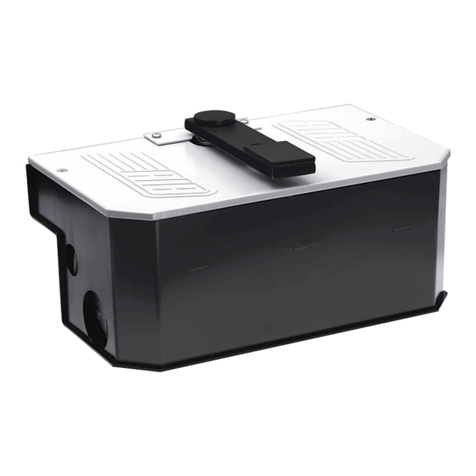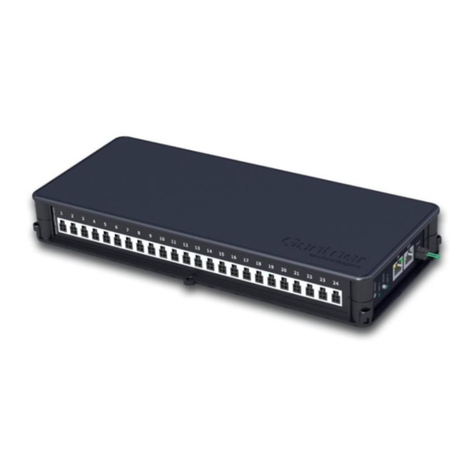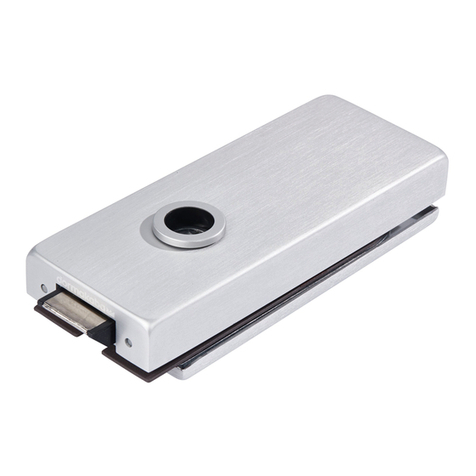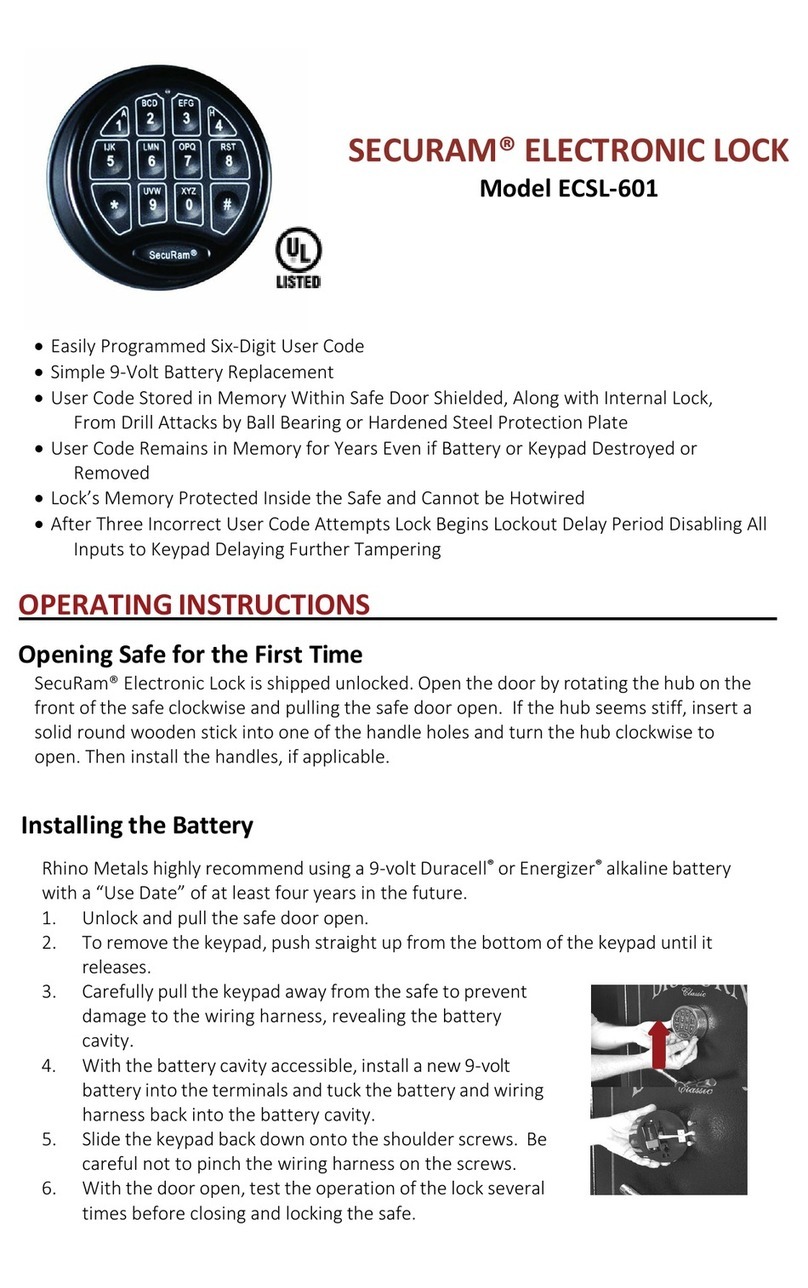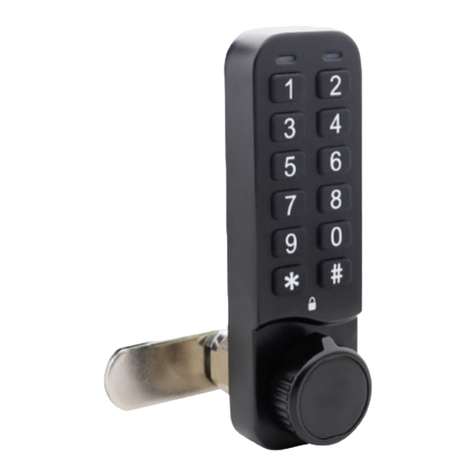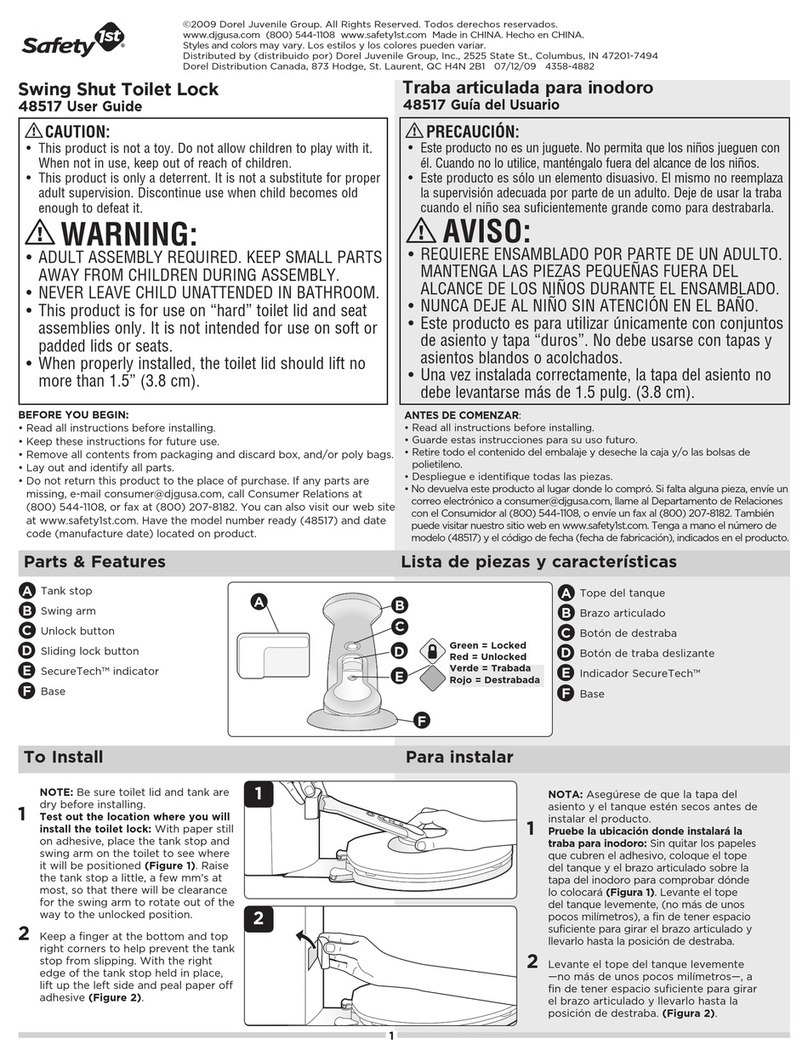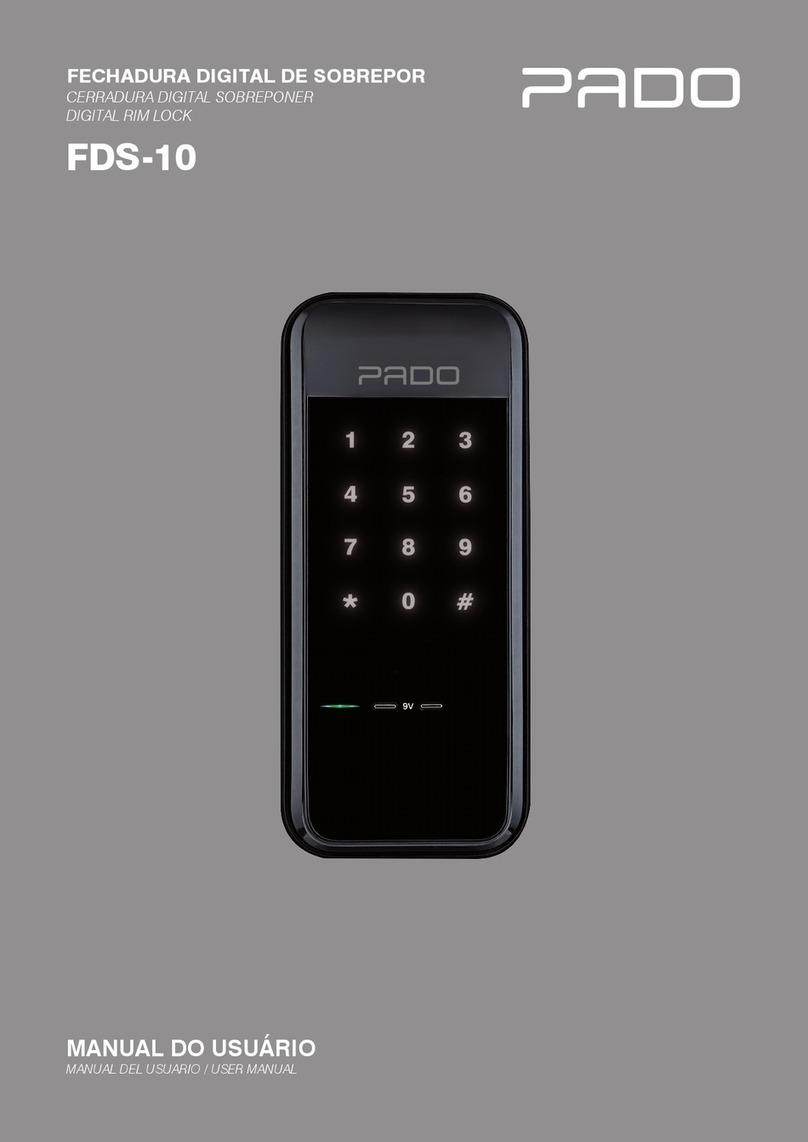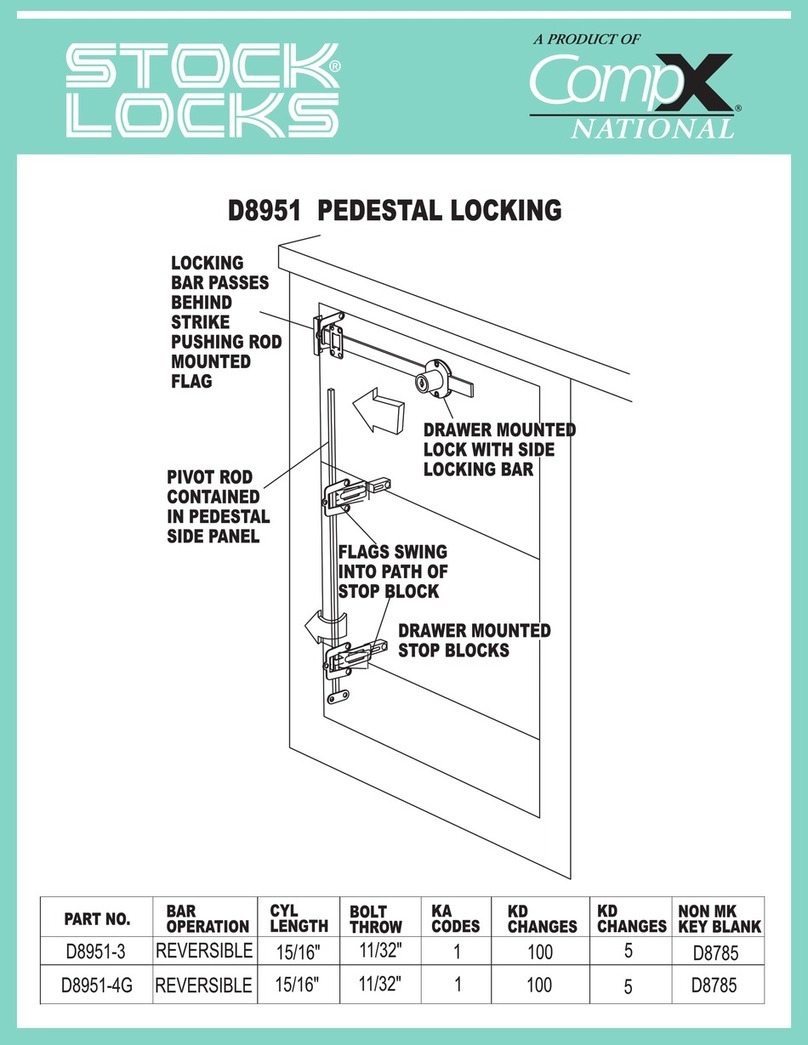Table of contents
Table of contents..............................................................................................................................................2
Security guide...................................................................................................................................................4
KeySafe Lock datasheet...................................................................................................................................5
Properties..................................................................................................................................................6
Options......................................................................................................................................................6
Operation..........................................................................................................................................................7
Rights for removing keys...........................................................................................................................7
Key identification........................................................................................................................................7
Multi-level security...................................................................................................................................... 8
Authorization check...................................................................................................................................8
Sabotage protection..................................................................................................................................8
Alarm functions (options): .........................................................................................................................8
Power outage mode..................................................................................................................................9
User interface/Cabinet software.....................................................................................................................10
User levels...............................................................................................................................................10
User rights...............................................................................................................................................10
Functions of the KeySafe Cabinet Software (KCS) for key users..................................................................10
Select Language .......................................................................................................................................11
Login ..........................................................................................................................................................11
Login using card......................................................................................................................................11
Login using PIN code..............................................................................................................................11
Login with combination of card and PIN code.........................................................................................12
Login with fingerprint...............................................................................................................................12
Login with combination of fingerprint and PIN-code ...............................................................................12
Key handling..............................................................................................................................................13
Key map..................................................................................................................................................13
Picking up keys .......................................................................................................................................14
Returning keys ........................................................................................................................................14
Keys in wrong key positions....................................................................................................................15
Find a key (Where are my keys?)............................................................................................................15
Finding subkeys ......................................................................................................................................16
Vehicle search...........................................................................................................................................16
Functions of the KeySafe Cabinet Software (KCS) for Admin users .............................................................18
Key cards with admin rights....................................................................................................................18
Edit users...................................................................................................................................................18
Add new user ..........................................................................................................................................18
Modify a user...........................................................................................................................................19
Delete a user...........................................................................................................................................19
Edit key rights ...........................................................................................................................................20
Edit keys..................................................................................................................................................20
Replacing RFID key holders ...................................................................................................................20
Assign keys to / revoke key rights from users.........................................................................................21
Time settings.............................................................................................................................................21
Event logs..................................................................................................................................................22

